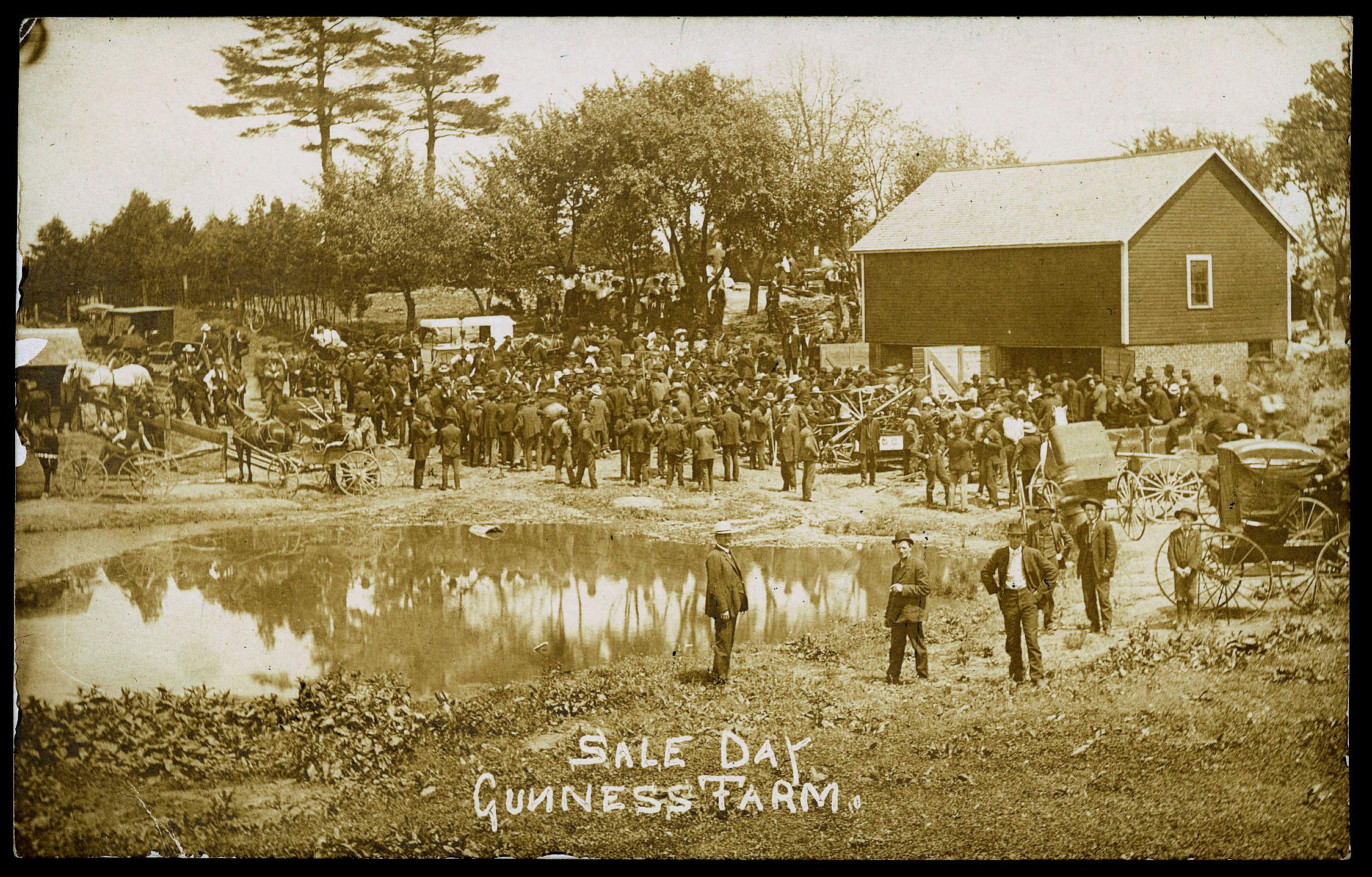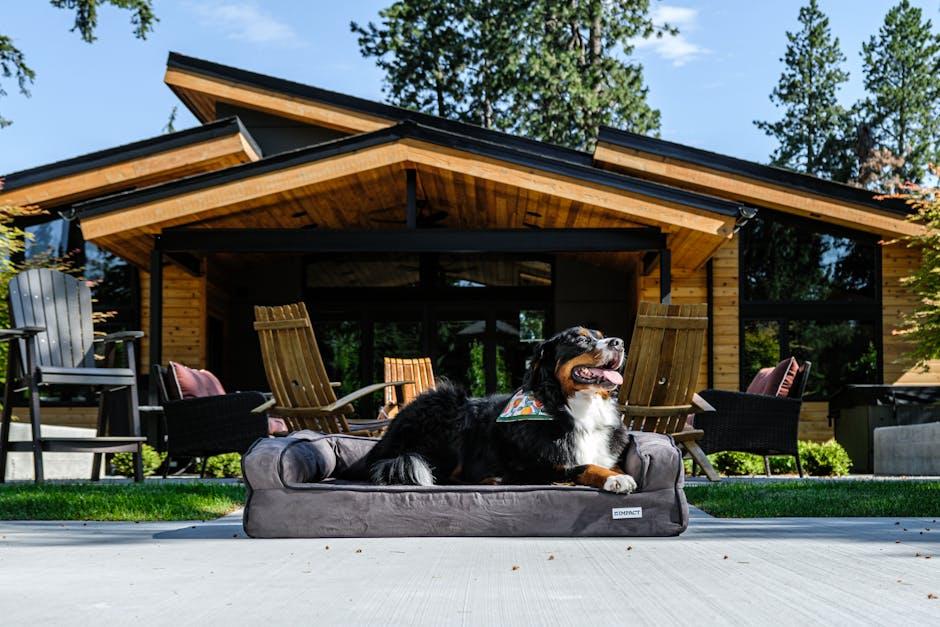Introducing your beloved canine companion to new surroundings can be both an exciting and daunting experience for both you and your furry friend. Whether you’re moving to a new home, visiting a bustling park, or simply embarking on a new adventure together, the way you guide your dog through these changes can significantly impact their comfort and confidence. In this article, we will explore thoughtful and effective strategies to help your dog adjust smoothly to new environments. With a focus on patience, understanding, and positive reinforcement, we’ll ensure that these transitions are as stress-free and enjoyable as possible for your loyal companion. Let’s embark on this journey together, ensuring that every new experience becomes a cherished memory for both you and your dog.
Creating a Safe and Welcoming Environment for Your Furry Friend
Welcoming a dog into a new space is an adventure filled with excitement and curiosity, both for you and your furry companion. To ensure a smooth transition, it’s important to approach this process with patience and understanding. Begin by allowing your dog to explore at their own pace. This helps them become familiar with the sights, sounds, and smells of their new environment. Avoid overwhelming them with too many new experiences at once.
- Create a designated area where your dog can retreat to when they feel overwhelmed. This could be a cozy corner with their bed and favorite toys.
- Use positive reinforcement to encourage exploration and reward them with treats or praise when they show calm and confident behavior.
- Introduce them gradually to different areas of the home, allowing them to become comfortable before moving on to the next space.
Remember, the key is to provide a sense of security and consistency. Establish a routine that includes regular walks, feeding times, and play sessions. This not only helps your dog feel more at home but also strengthens the bond between you. With a little patience and love, your new surroundings will soon become a cherished haven for your four-legged friend.

Gradual Exploration: Letting Your Dog Set the Pace
When introducing your dog to new environments, it’s essential to let them explore at their own pace. This gradual approach not only helps in reducing anxiety but also fosters a sense of security and confidence in your furry friend. Begin by allowing your dog to sniff and investigate areas at their own comfort level. Encourage curiosity but avoid forcing them into situations where they appear hesitant or fearful.
- Observe their body language: Look for signs of stress, such as tail tucking or excessive panting, and adjust your pace accordingly.
- Offer gentle reassurance: Use a calm voice and positive reinforcement, like treats or affection, to encourage their bravery.
- Take breaks as needed: Short pauses can help them process new stimuli and prevent overwhelming experiences.
Remember, every dog is unique. While some may quickly adapt, others might need more time. By allowing your dog to dictate the pace of exploration, you cultivate a bond built on trust and understanding.

Recognizing and Responding to Your Dogs Body Language
Understanding your dog’s body language is essential for ensuring a smooth transition into new environments. Dogs communicate their feelings through various physical cues, and being attuned to these can help prevent stress and anxiety. Look for signs such as a relaxed tail, which suggests comfort, or a tucked tail, which may indicate fear or unease. Watch their ears and eyes—upright ears and soft eyes often mean curiosity or contentment, whereas pinned-back ears and wide eyes might signal discomfort.
To respond effectively to your dog’s signals, consider the following tips:
- Offer reassurance: A gentle voice and a calm demeanor can help soothe a nervous dog.
- Respect their space: If your dog seems overwhelmed, give them time to adjust at their own pace.
- Provide positive reinforcement: Reward calm behavior with treats or praise to encourage confidence.
By recognizing and responding to your dog’s body language, you can make their introduction to new surroundings a positive experience.

Building Positive Associations with New Places
Creating a comforting and joyful experience for your dog in unfamiliar places can significantly enhance their adaptability and happiness. The key is to build positive associations that make them feel secure and excited about exploring. Start by bringing along familiar items such as their favorite toy or blanket. This can provide a sense of familiarity amidst the new sights and sounds. As you walk them through the new environment, offer treats and praise generously. This helps your dog associate the new place with positive experiences.
- Start slow: Allow your dog to explore at their own pace. Don’t rush them into situations they seem hesitant about.
- Maintain routine: Stick to their usual feeding and walking schedules to provide a sense of normalcy.
- Interactive play: Engage in games or activities they enjoy. This not only distracts from any anxiety but also reinforces positive feelings.
- Calm demeanor: Your dog looks to you for cues. Maintain a calm and positive demeanor to reassure them.
By thoughtfully introducing your dog to new surroundings, you’re not just easing their transition; you’re also enriching their life with a broader world to explore and enjoy.

